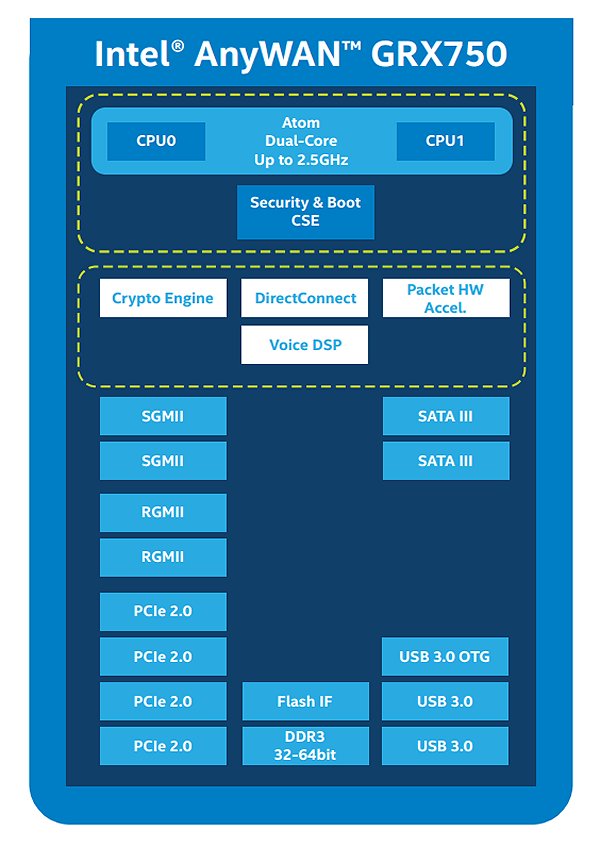The Archer C2700 is a four-stream AC2600 class router supporting maximum link rates of 1733 Mbps in 5 GHz and 800 Mbps in 2.4 GHz. It follows Phicomm's K3C and ASUS' Blue Cave to market as the third Wi-Fi router based on an Intel platform.
The router has gigabit Ethernet WAN and LAN ports and USB 2.0 and 3.0 ports for storage sharing. It supports TP-Link's TrendMicro-powered HomeCare suite that includes parental controls, andiVirus and QoS features. Wi-Fi features include MU-MIMO, Airtime fairness and band steering. Other features include IFTTT and Amazon Alexa smart home automation support and VPN server.
The Archer C2700 isn't in the FCC ID database. But the company said it will ship in the fourth quarter of this year at a $169.99 MSRP.
Last edited:


